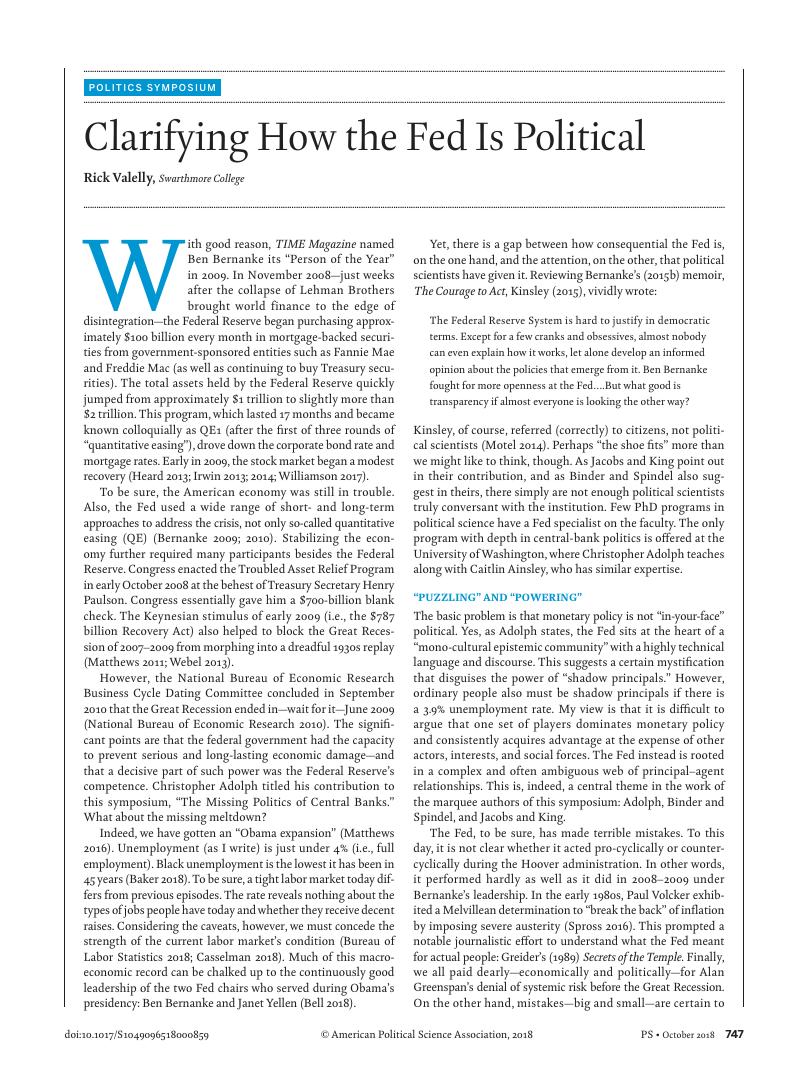Asso, Pier Francesco,
Kahn, George A., and
Leeson, Robert.
2007. “The Taylor Rule and the Transformation of Monetary Policy.” Federal Reserve Bank of Kansas City, Economic Research Department, Research Working Paper No. 07–11, December.
Google Scholar 